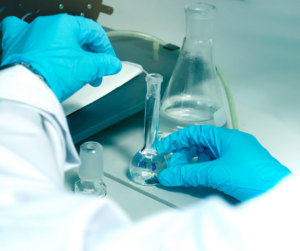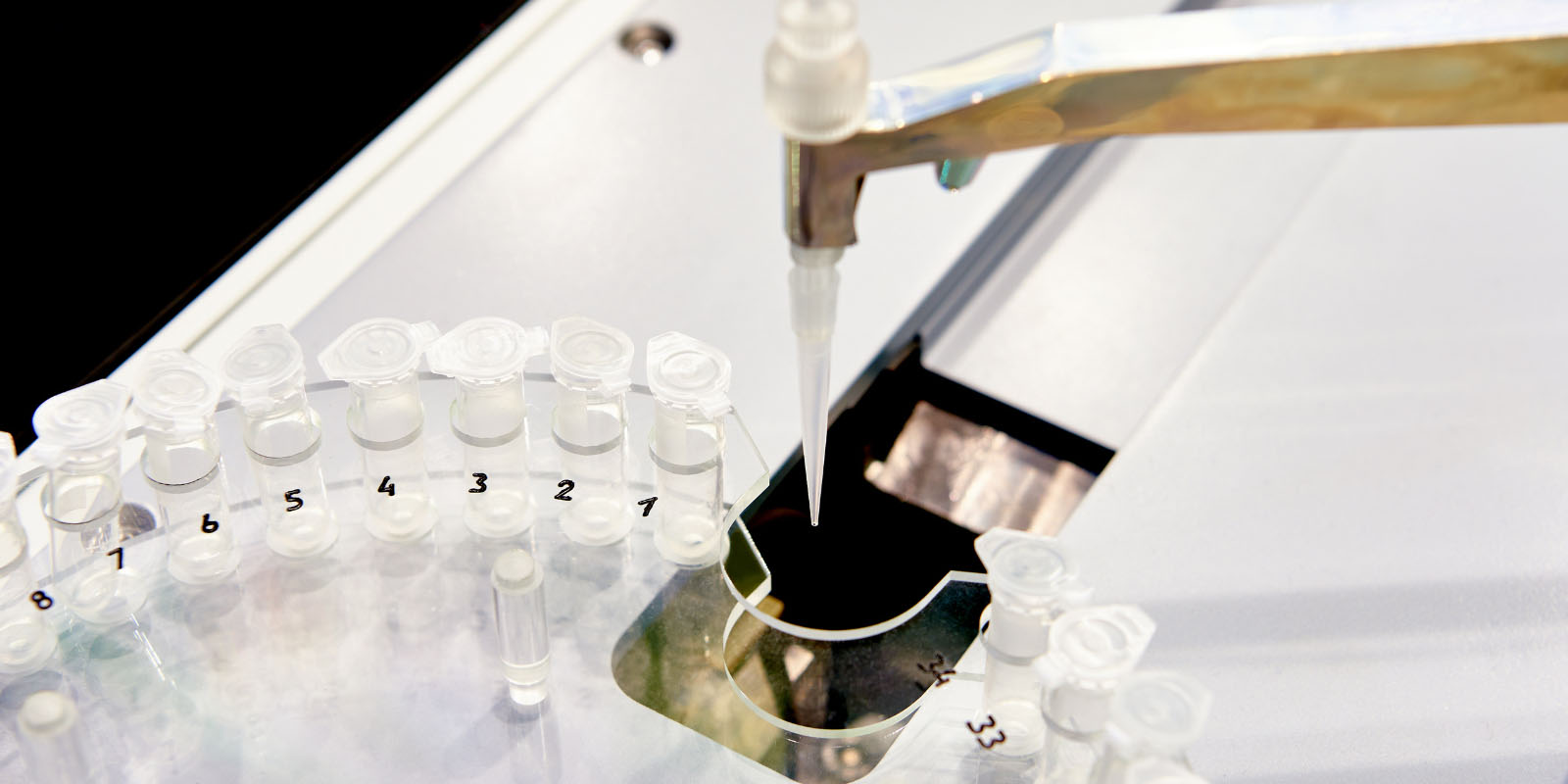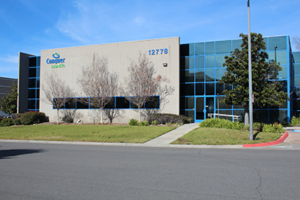Precise and accurate measurements are paramount in the field of scientific analysis, particularly when it comes to elemental analysis, where scientists have traditionally turned to atomic absorption spectrometry (AAS) and inductively coupled plasma optical emission spectrometry (ICP-OES).
Both techniques have their advantages, but today we delve into the realm of disadvantages. In this article, we explore the drawbacks of atomic absorption spectrometry in comparison to ICP-OES, shedding light on why the latter is increasingly favored by scientists around the world.
Limited Elemental Analysis Range:
Atomic absorption spectrometry offers reliable quantification of a select range of elements, usually limited to one or a few at a time. This limitation hinders comprehensive multi-elemental analysis and necessitates separate measurements for each element of interest. In contrast, ICP-OES allows simultaneous analysis of multiple elements, thus providing a more efficient workflow and saving valuable time and resources.

Interference and Matrix Effects:
Interference and matrix effects are common challenges faced in elemental analysis. AAS is particularly susceptible to these issues due to its narrow wavelength range and sensitivity to background radiation. Interference from matrix components can cause erroneous results and require laborious sample preparation methods to minimize or eliminate such interferences. ICP-OES, with its broader wavelength range and better tolerance for complex matrices, offers superior resistance to interferences, leading to more accurate results.
Sensitivity and Detection Limits:
Atomic absorption spectrometry is known for its sensitivity, especially in flame-based systems. However, this sensitivity can vary significantly depending on the sample matrix, the instrument configuration, and the element being analyzed. Additionally, the detection limits of AAS can be relatively high, limiting its usefulness for trace analysis. On the other hand, ICP-OES provides greater sensitivity across a wider range of elements, with significantly lower detection limits. This advantage enables scientists to detect and quantify elements even at ultratrace levels.
Sample Throughput:
In the fast-paced world of scientific research, sample throughput is of paramount importance. AAS generally suffers from slower sample analysis rates due to its sequential measurement approach, where each sample is analyzed individually. This drawback can hinder high-throughput laboratories that require rapid analysis of numerous samples. ICP-OES, with its simultaneous multi-element analysis capability, offers significantly higher sample throughput, making it a preferred choice for time-sensitive applications.
Cost Considerations:
Budget constraints are a common concern in scientific laboratories, and instrument costs play a significant role in decision-making. While AAS instruments may be initially less expensive, they often require additional accessories and upgrades to achieve the desired performance, thus increasing the overall cost. In contrast, ICP-OES, though initially more expensive, offers superior versatility and multi-element analysis capabilities out of the box, reducing the need for additional investments in the long run.
Atomic absorption spectrometry, while a tried-and-true method, does have its limitations. When compared to ICP-OES, it becomes evident that the latter holds several advantages, including a broader elemental analysis range, resistance to interferences, improved sensitivity and detection limits, higher sample throughput, and long-term cost-effectiveness. As scientists strive for accurate and efficient analysis, embracing ICP-OES as a robust analytical tool can lead to enhanced productivity, expanded research capabilities, and more insightful results.
As you embark on your next elemental analysis journey, it is worth considering the power of ICP-OES to overcome challenges and unlock new possibilities in your scientific pursuits. To support your endeavors, Conquer Scientific stands as a trusted global reseller of used and refurbished lab equipment. With a commitment to quality and reliability, Conquer Scientific offers a comprehensive range of instruments, including ICP-OES and ICP-MS systems, to meet your scientific needs.








